We are trying to train a VowpalWabbit (VW) model in an online-fashion. However, due to our system architecture and needs to scale, we have to train batch-wise and cannot do an online-update each time we predict.
My question is, what is the best way to approach this in regards of convergence. Is there maybe a special mode to run VW for this?
What we currently do:
Init Model:
--cb_explore_adf -q UA -q UU --quiet --save_resume --bag 10 --epsilon 0.1
Inference (separately):
- Load vw model
- Predict -> action-distribution
- Sample randomly from action-distribution and playout
Training (separately)(triggered periodically):
- Load model
- Load training data (action, context, reward) (reward=1.0 if article_clicked else 0) (from-time=last-train-time, end-time=current-time)
- Update model individually (always using probability 1.0). Example training instance:
shared |User device=device-1
|Action ad=article-1
1:0:1 |Action ad=article-2
|Action ad=article-3
|Action ad=article-4
- Store vw model
Is there something wrong with this approach? I suspect that providing the training data in batches and doing a per-instance update on these is not what the exploration algorithm expects. In offline experiments batch-wise training seems often slightly worse vs. non-batch training.
EDIT To the question which probability to use when learning, we tested the usage of the probability generated by the model during prediction and always using 1.0 (on a Toy game, batch_size=500):
Using probability of prediction for training:

EDIT 2
Adding another graphic, comparing Vowpal Wabbit models using probability of prediction vs always using probability of 1.0 for training. Top-Graph: X-Axis: Number of samples, Y-Axis: total CTR (click-through-rate basically the total average reward). Bottom-Graph: Histogram of actions (1-3) chosen by the different algorithms.

The Chart is comparing 8 Vowpal Wabbit models. 4 models which always use 1.0 for the training as probability. 4 models use the probability of prediction. Always using 1.0 seems to perform consistently better.
Additional Explanation for Graphics:
The models are competing in a Toy Problem for contextual algorithms, where a context is presented (6 different pseudo device types) with three possible actions (also called variant). The CTRs look as follow:
problem_definition = {
"device-1": {"variant-1": 0.05, "variant-2": 0.06, "variant-3": 0.04}, # 2
"device-2": {"variant-1": 0.08, "variant-2": 0.07, "variant-3": 0.05}, # 1
"device-3": {"variant-1": 0.01, "variant-2": 0.04, "variant-3": 0.09}, # 3
"device-4": {"variant-1": 0.04, "variant-2": 0.04, "variant-3": 0.045}, # 3
"device-5": {"variant-1": 0.09, "variant-2": 0.01, "variant-3": 0.07}, # 1
"device-6": {"variant-1": 0.03, "variant-2": 0.09, "variant-3": 0.04} # 2
}
The toy-game's simulation-logic:
def simulate(self, device, variant):
assert variant in self.action_space()
ctr = self.problem_definition[device][variant]
if random.random() < ctr:
reward = 1.0
else:
reward = 0.0
return reward
The goal of the toy game is to choose the action with the highest CTR given the device type.
Example of how a training example for Vowpal Wabbit is formatted:
shared |User device=device-4
|Action ad=variant-1
|Action ad=variant-2
0:0.0:1.00 |Action ad=variant-3
And another one, not using static 1.0 probability:
shared |User device=device-1
|Action ad=variant-1
0:0.0:0.93 |Action ad=variant-2
|Action ad=variant-3
All models were initialized the same:
--cb_explore_adf -q UA -q UU --quiet --save_resume --epsilon 0.100
